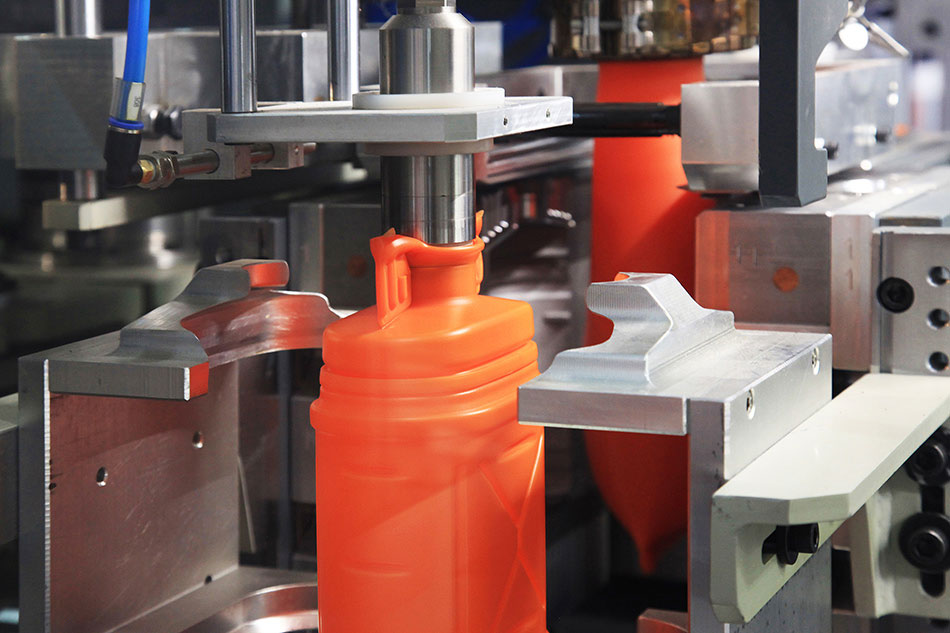Every material has a shrinkage rate that is given by its manufacturer. This can be used to help predict the changes in the plastic from the time it’s molded and after it has cooled completely. Any material expands when heated and shrinks as it cools back down to room temperature. Every dimension of the plastic product will shrink a certain amount during its cooling period. Controlling this shrinkage could be the key to perfecting your final product. Let’s talk about some of the ways shrinkage can be controlled during the injection molding process.
Temperature of Material
Adjusting the temperature of the plastic resin as it is heated is important for shrinkage control. The higher the material is heated before it is poured, the more the molecules expand. As it cools these molecules shrink back down. The lower the temperature of the plastic is at the time of pour, the less shrinkage will occur during the cooling process.
Temperature of Mold
Controlling the mold temperature can control shrinkage. Using a cold mold allows the outer edges of a part to dry before it can fill and compress the entire space properly. Using a hot mold will create less shrinkage than a cold one. It allows the molecules of the plastic material to continue to move freely as it fills the mold and achieves the correct pressure before it begins to cool.
Pressure Adjustments
The force of pressure used to inject the plastic material makes a direct difference when it comes to shrinkage rates. It is the pressure required to pack the material into place. The tighter the material is packed, the less allowance there is for movement as it cools. The higher the pressure at injection, the less the plastic will shrink.
As long as pressure is applied until the plastic is solidified the shrinkage will be limited. If the pressure is released before the plastic has cooled completely, the shrinkage will worsen. Keeping the plastic restrained in place as it cools to reverse its usual shrinkage pattern controls the shrinkage but the process takes longer and costs more. Forcing air over the plastic parts also helps stabilize them.
Cold Water Immersion
Another way of quickly cooling a plastic part is to drop it in water that is room temperature. This cools the material below its melting point and stops the post-mold shrinkage. This helps the inner walls of the plastic solidify faster as these areas take longer to cool and solidify than the outer walls do. It is a bit risky because of the stress it causes on the product. It may cause a fracture or crack if the plastic is exposed to extreme temperatures down the line.
Determining how a plastic product will shrink and bend as it cools is important to get a perfect final product. Finding ways to control the way the material cools helps ensure that your parts come out the way they should every time. You want consistent results when it comes to injection molding projects. Formulation of materials, mold dimensions, and processing details will all affect shrinkage. Let Hansen Plastics find the best way to control shrinkage and help you achieve the best results possible for your next injection molding project.



